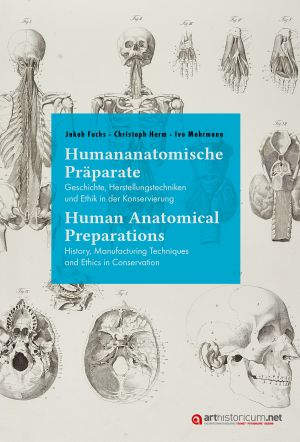Zitationsvorschlag
Lizenz (Kapitel)

Dieses Werk steht unter der Lizenz Creative Commons Namensnennung - Nicht-kommerziell - Keine Bearbeitungen 4.0 International.
Veröffentlicht
„Wirkliche Bilder“ für eine „unmittelbare Anschauung“
Rudolf Virchow und seine Pathologische Präparatesammlung
27 June 1899 was a very important day for Rudolf Virchow (1821 – 1902). The internationally renowned pathologist, social physician and politician, anthropologist, ethnologist, early- and prehistorian could finally open the newly erected Pathological Museum on the premises of the Berlin Charité. Over the following years, he would place and arrange there his vast collection of more than 23,000 dry and wet specimens. Virchow made use of his museum in two ways: for teaching medical students and for conveying to the interested public the physical consequences of all by then known human diseases. At the time of the museum’s opening, Virchow was fully convinced of the impressiveness and persuasiveness of his specimens. However, his enthusiasm had only grown recently, having been fuelled by a technical revolution in the fabrication of the preparations. My contribution will begin with a brief outline of the historical development of Virchow’s specimen collection and then address some crucial questions: which principes did Virchow follow in teaching pathology and reaching out to the public? In this respect, what was the meaning of pathological specimens and other visual media for him at different times? Which technical progressions made him completely change his mind? And what can we learn from this historical example in dealing with “human remains” in public displays today?







